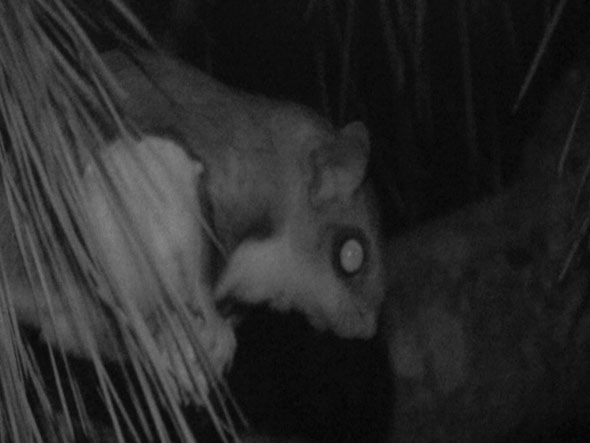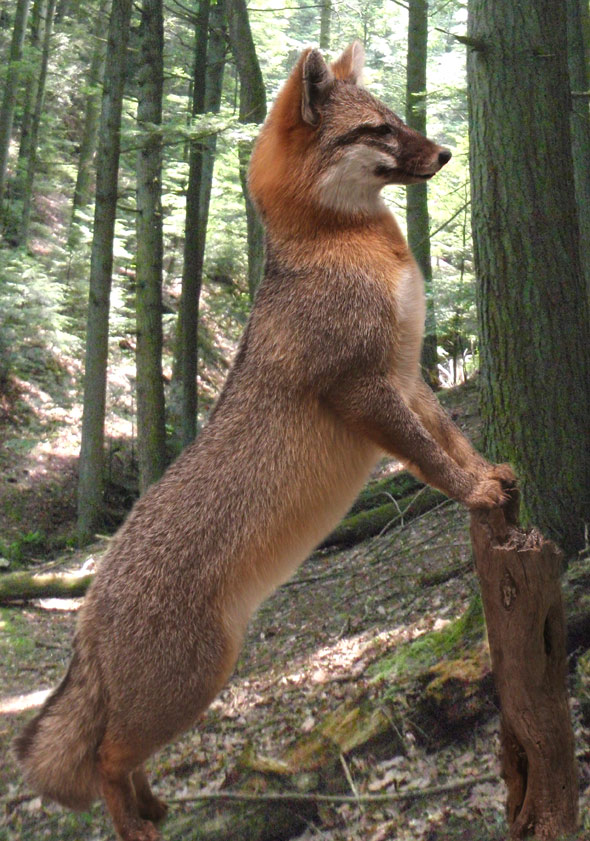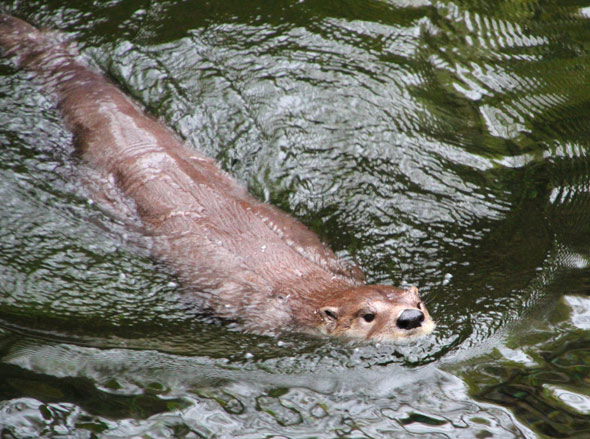As the days grow shorter and colder, many animals go into a state of hibernation or become less active during winter. But with a keen eye, some persistence and a dash of good luck, you may still be able to spot some of Maryland’s more elusive mammals.
Southern Flying Squirrel
These nocturnal and rarely seen arboreal rodents are more numerous than the gray squirrel throughout many of the eastern forests. These adorable creatures make their home in hollow tree cavities and, like their name suggests, “fly” from tree to tree. They actually glide and do so by jumping off a tree limb and stretching out skinflaps that extend between their front and rear legs while using their tail to help steer. This talent allows them to stay off the forest floor and avoid many of their potential predators.
Gray Fox
The lesser known of our two fox species is mostly nocturnal, and is actually more unusual than you would think. It can be distinguished from its red cousin because it is usually smaller, lacks the white-tipped tail (they have a black-tipped tail) and although red foxes vary in color, the gray fox almost always displays a predominantly gray coat with patches of black, white, and some red. All foxes exhibit more catlike behavior than wolves and coyotes, but what sets the gray fox apart is its ability to climb trees. They actually climb quite well and can use trees both for hunting and to evade predators.
Bobcat
Although the eastern cougar is considered extinct, we still have a native wild cat that roams our forests, swamps and rocky hillsides. Rarely seen, but still relatively common in many areas, the mostly nocturnal bobcat is a skilled hunter and adept at avoiding humans. Named for its short tail, the bobcat feeds mostly on rabbits and small rodents, but has been known to occasionally prey on deer. As with all cats, it is an expert climber.
River Otter
This semi-aquatic member of the weasel family, once hunted to near extinction for its dense, waterproof coat, is making a great comeback in Harford County. Mostly active in the early morning and evening, the river otter seems to make a game out of everything it does. They have been observed sliding down river banks over and over again for no particular reason. They are incredible swimmers and use that talent to hunt fish, crayfish, frogs and small mammals.
If you have seen these animals in Harford, consider yourself fortunate and please email us at contact@suskywildlife.org about the sighting, including any photos that may have been taken. We are very interested in learning more about these elusive mammals in our area for future research opportunities and protection efforts.
* Photos by Scott McDaniel
** First published in the Harford’s Heart Magazine www.harfordsheart.com





